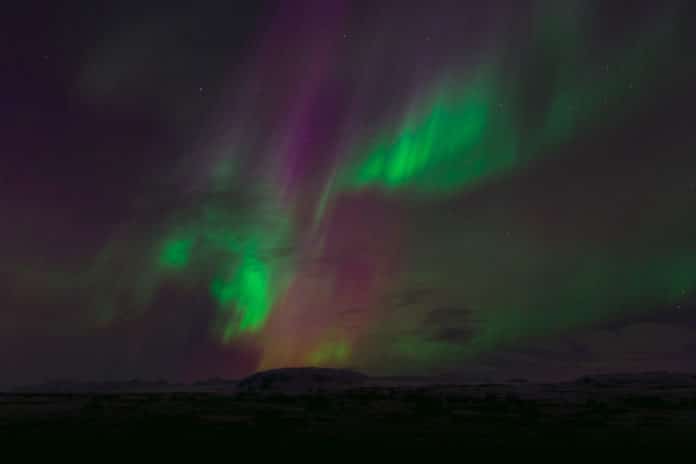The ionosphere is defined as the layer of the Earth’s atmosphere that is ionized by solar and cosmic radiation. It lies 75-1000 km (46-621 miles) above the Earth. Because of the high energy from the Sun and cosmic rays, the atoms in this area have been stripped of one or more of their electrons, or “ionized,” and are therefore positively charged. The ionized electrons behave as free particles.
These free electrons and heavy ions collide constantly. Their dance was previously quantified by a method called incoherent scatter radar in the northern hemisphere, where researchers beam radio waves into the ionosphere. The electrons in the atmosphere dissipate the radio wave “incoherently.” The various ways they scatter inform scientists regarding the particles populating the layer.
Now, scientists used radar in Antarctica to make the first measurements from the Antarctic region.
Scientists used the program named Antarctic Syowa Mesosphere-Stratosphere-Troposphere/Incoherent Scatter (PANSY) radar, the largest and fine-resolution atmospheric radar in the Antarctic. The first incoherent scatter radar observations were made in the southern hemisphere in 2015. They also made the first 24-hour observation in 2017.
While making these observations, scientists were expecting to see significant differences between the southern measurements and the northern measurements, as Earth’s lower atmosphere has a strong asymmetry between hemispheres.
Taishi Hashimoto, assistant professor at the National Institute of Polar Research in Japan, said, “Clearly, observations in the southern hemisphere are crucial to revealing global features of both the atmosphere and the ionosphere.”
Although, it’s not as simple as taking the measurements. Consider the radar as a pebble skipped across a pond’s surface.
Scientists were eager to understand how the pebble vertically displaces the water as it skips and eventually sinks. They aren’t interested in the concentric ripples created at each skip, but they’re so similar that it’s difficult to discern which measurements are the ones needed.
Scientists applied the program to recognize the different signals and suppress the irregularities that could obscure the data.
Hashimoto said, “Our next step will be the simultaneous observation of ionosphere incoherent scatter and field-aligned irregularities since the suppression and extraction are using the same principle from different aspects. We are also planning to apply the same technique to obtain other types of plasma parameters, such as the drive velocity and ion temperature, leading to a better understanding of auroras.”
The study is published in the Journal of Atmospheric and Oceanic Technology.
